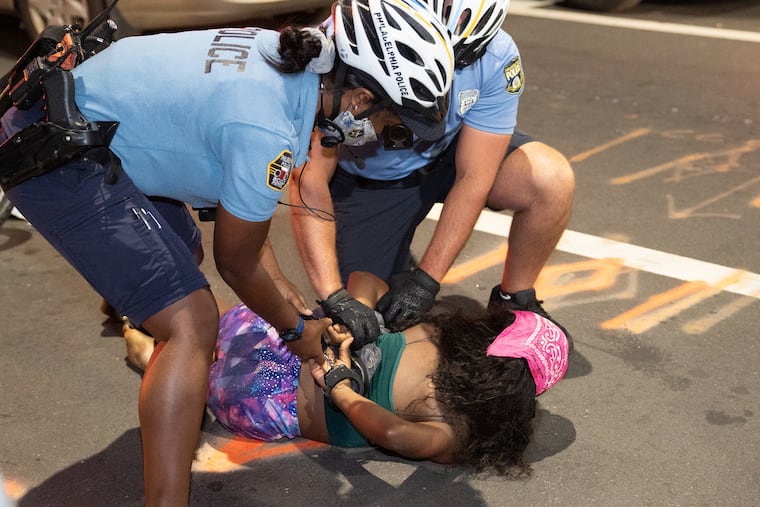An 18-year-old is not an adult, brain science shows. The criminal justice system is failing our youth.
The criminal justice system must stop considering teenagers as adults, and offer more chances for rehabilitation to people in their late teens and early 20s.

In November, the state of Texas executed Brent Brewer for a homicide he committed in 1990, when he was 19 years old. If Brewer had committed the crime a day shy of his 18th birthday, he would be alive today. In fact, he might even be free.
That’s how much difference a day can make.
Of course, there is no real difference between someone who is 18 years old and someone who is 18 years old minus one day. For that matter, research tells us that the brain doesn’t reach adult maturity until we are in our mid-20s.
But the criminal justice system generally considers adolescence to be over by the time a person turns 18. We believe that must change, and that the same opportunities for rehabilitation given to youth under age 18 should be extended to those in their late teens and early 20s, as well.
In 2005, the Supreme Court of the United States abolished the death penalty for people whose crimes were committed before age 18. Then, between 2010 and 2016, the court tightly restricted the cases for which a youth could receive a sentence of life without the opportunity for parole. As a result, the number of people serving sentences of life without parole for crimes they committed as teenagers dropped from 2,300 in 2016 to fewer than 1,500 in 2020.
The court reached these decisions, in part, by considering decades of research demonstrating that brain maturation, especially for systems important to decision-making, continues into a person’s mid-20s. According to the court, the decisions of youth are often marked by “transient rashness, proclivity for risk, and inability to assess consequences.” The court further acknowledged — correctly — that youth who commit crimes can be rehabilitated.
Youth who commit crimes can be rehabilitated.
Our work following juvenile homicide offenders released from sentences of life without parole in Philadelphia shows that the court got the science right. Among the first 174 released, only six (or 3.4%) were rearrested within an average two-year follow-up, and only two (or 1.1%) were convicted, both for minor offenses. In comparison, the two-year rearrest rate for homicide offenders nationally is 30%.
Like Brewer, some of the individuals in our study had originally been sentenced to death. But unlike Brewer, they had not yet turned 18 when they committed their crimes, so they were given a chance to show us that they could change.
The science that the Supreme Court used to make its decision makes it clear that adolescence extends beyond the legal bright line of 18 years.
Brain maturation continues well into the mid-20s. Until then, young people are more susceptible to the influence of those around them and are more vulnerable to making poor decisions when situations are time-pressured or emotionally charged. This period of development is also often marked by important social transitions and new freedoms (e.g., leaving school, moving out of the family home), which can exacerbate risk-taking and sensitivity to peer influence, especially for those who have a history of childhood adversity or instability. For all of these reasons, the risk of criminal offending increases during adolescence, peaks around age 18 or 19, and declines during the early 20s.
» READ MORE: I was a troubled teen in Pennsylvania whose future was redeemed. More youth need that chance. | Opinion
Several states have already taken this science into account. Washington extended the Supreme Court’s restrictions on sentences of life without parole to anyone under the age of 21. In the District of Columbia, people convicted of crimes before the age of 25 can ask for a review of their sentences. In January, Massachusetts banned life without parole for anyone under the age of 21.
Of course, whenever a line is drawn, there will be errors at the margins. But if we, as a nation, continue to maintain the most severe of criminal sanctions — the death penalty and life without parole — and if we justify these sanctions partly on the basis that they ought to be reserved for people who cannot be reformed, we must acknowledge that the dividing line between 17 and 18 years mistakenly classifies far too many young people as irredeemable.
It’s too late for Brewer, but maybe not for the many like him who remain.
Tina M. Zottoli is an associate professor in the department of psychology and director of the Legal Decision Making Lab at Montclair State University. Tarika Daftary-Kapur is a professor of justice studies at Montclair State University. Kim Echevarria is a doctoral student in the department of psychology at Montclair State University.